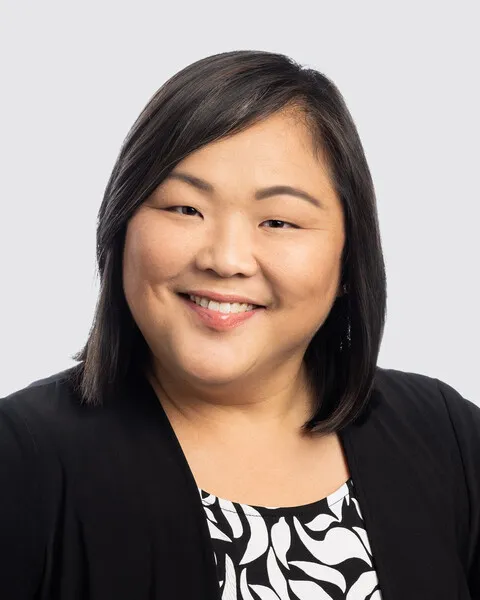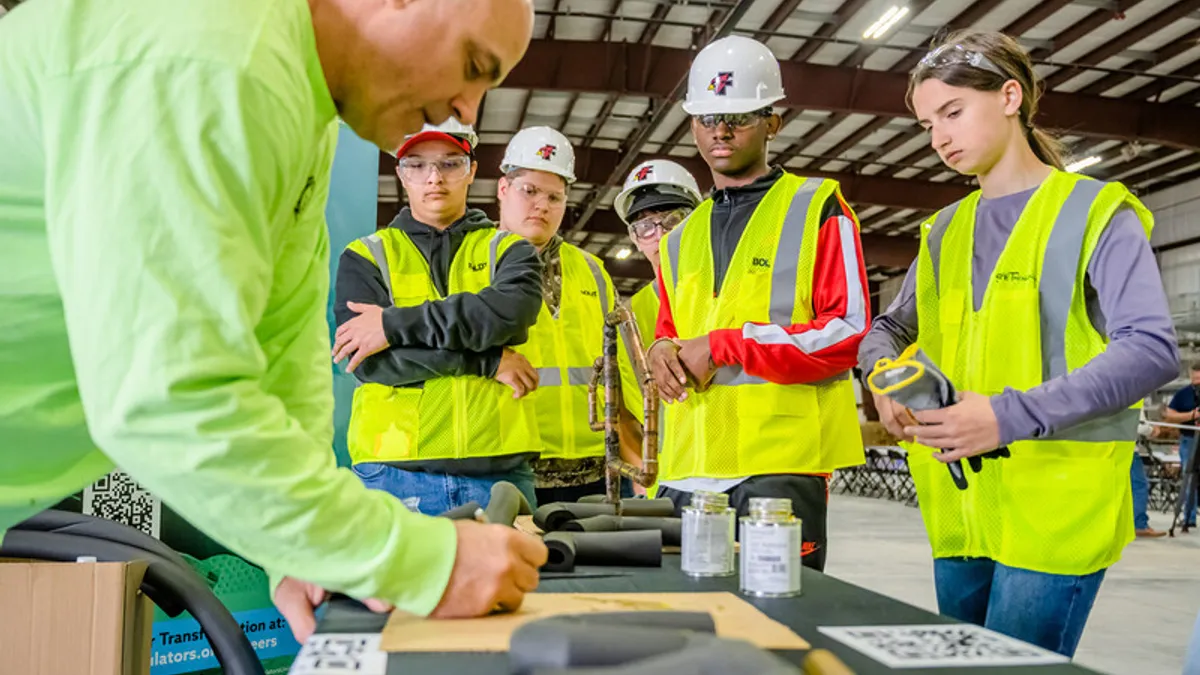It’s not a secret: The construction industry is made up of predominantly white males.
According to the Bureau of Labor Statistics, in 2021, women and Black workers encompassed about 11% and 6% of the construction workforce respectively. Both are below the groups’ share of the total national workforce.
Diversity, equity and inclusion continues to be a hot topic for how to increase and improve the construction workforce. Wisconsin-based The Boldt Co. has taken steps toward increasing diversity.
This summer, the contractor hired Jaclyn Skalnik as director of diversity, equity and inclusion. Skalnik — who is Korean, was adopted by a White family in Wisconsin and speaks fluent Spanish — previously ran her own business supporting services to adoptive families.
Here, Construction Dive spoke with Skalnik about DEI and the benefits it can offer contractors.
Editor’s Note: This interview has been edited for brevity and clarity.
CONSTRUCTION DIVE: Construction has a reputation as a male-driven industry. How important is it to overcome that perception, both for those already in the industry and those interested in joining?

JACLYN SKALNIK: I’m often asked why the construction industry is male dominated. If we look at traditional stereotypical roles, boys are raised to get dirty, build with Legos and play with trucks. Girls are conditioned to play with dolls and focus on physical beauty through makeup. Equity can now help minimize the gender gap. The “traditional” gender roles that have been a part of a patriarchal society start to shift when you foster equity.
There is an untapped well of talent that we can recruit including women and people from communities of color. Nationally, about 11% of the construction industry is female — at Boldt we are higher than the average and have made great strides in hiring women. As an industry, we need to address barriers to employing women and a more diverse workforce — as we do younger generations will see more diverse people in leadership roles and front-line construction.
At Boldt, we have a Youth Apprentice program. Our goal is that the individuals in the Youth Apprentice program become union apprentices after high school graduation. This year 25% of the students in the program who “bridged” to the union after graduation were female and they are extremely excited about the opportunities open for them.
What are some of the benefits of hiring a more diverse workforce?
Increased diversity pays dividends both in team culture and direct customer benefits.
For our customers, a more equitable workforce is more productive, improves customer service, attracts people with a wider range of skills and experience, increases creativity and innovation and retains talent.
For our company, diversity promotes better problem-solving and decision making, creates a more compassionate culture with better cultural insights, encourages team members to examine their own biases and ultimately creates a better reputation for the organization.
What can construction firms do to improve DEI?
In the construction industry, I believe there are several components to a solid DEI strategy.
The first is to start with internal employees. To evolve any culture, the most important step is to collectively understand the mission. Recognizing the values of diversity, equity and inclusion will need to start from within and from the top. Leadership needs to be fully committed to a culture that exudes DEI by modeling social responsibility and fairness. This includes the hiring and retention of employees that contribute to the diversity of the company.
The second is to intentionally partner with diverse suppliers and subcontractors. Seeking women and minority business partners can help improve the expanding scope of diversity of thought and improve innovation. It can also help support and amplify under-resourced communities through opportunity and representation.
The third component of a solid DEI strategy is the strategic visioning of workforce development and community engagement. This can be achieved through visibility in the communities in which we work, philanthropic outreach and ultimately creating a pipeline of future construction employees and mentoring/sponsoring individuals.














